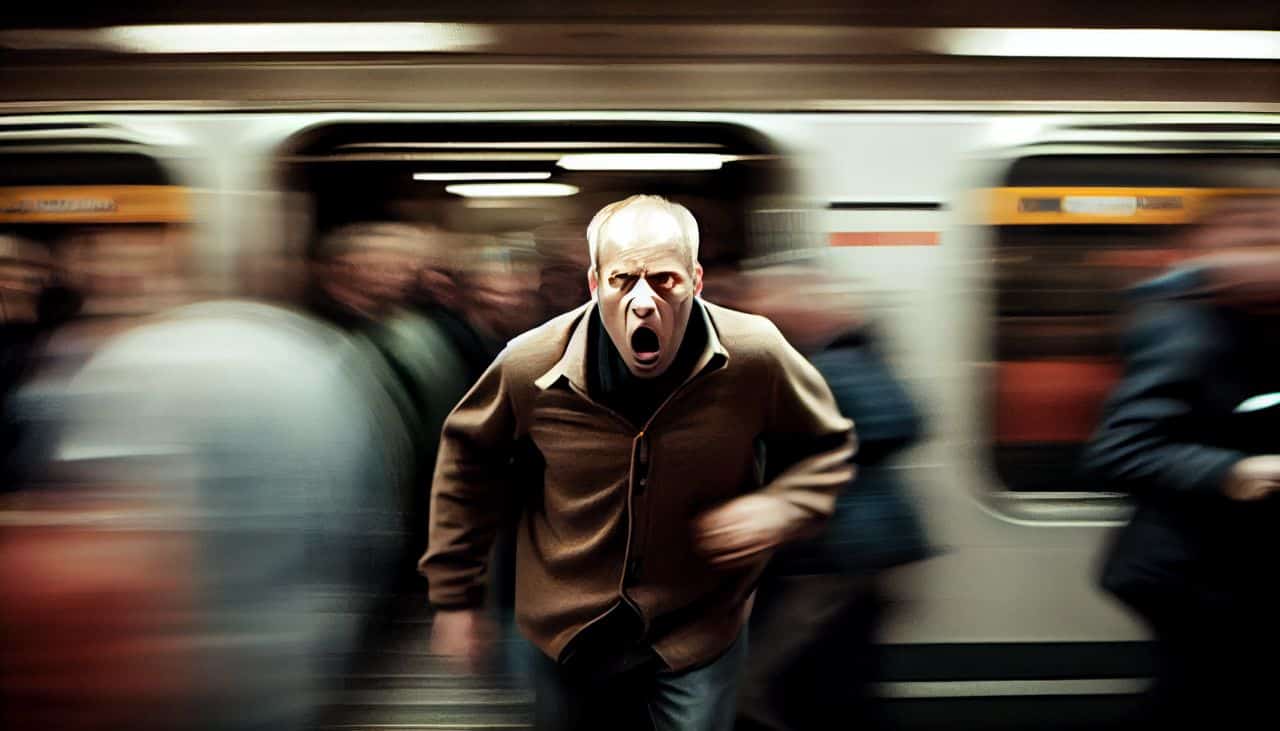Public transportation is a convenient, safe and cost-effective way to get around. Although it isn’t as dangerous as driving a personal car, it’s essential to be aware of the potential hazards as well as the benefits and take steps to protect yourself while riding on buses, trains and other sustainable rides. Here are some common personal injuries that can occur while riding public transportation and tips for avoiding them.
Fall Accidents
Fall accidents can happen on public transportation, especially in crowded trains and buses. These types of accidents can be caused by wet or slippery floors, insufficient lighting or abrupt turns and stops. To minimize the risk of accidents that result in your body hitting the ground, it’s important to hold onto handrails and grab bars. Try to avoid standing in high-traffic areas when the train or bus stops and stand back from the edge of the platform while you wait.
Collisions and Accidents
Collisions and accidents are a rarity when considering trains and buses, but they are an occasional occurrence with taxis and shuttles. This is especially true in crowded cities with heavy traffic. These types of personal injuries can range from minor bruises and cuts to serious head trauma and long-term physical health issues. To minimize the risk of collisions and accidents, it’s important to follow all safety protocols such as wearing your seatbelt, and avoid engaging in distracting activities while riding.
If you are injured, you may want to contact a car accident lawyer. Unlike other types of injuries, these injuries may be easier to obtain justice for due to the highly regulated nature of transportation collisions.
Crowd-Related Injuries
Crowd-related injuries are an occasional occurrence on public transportation, especially during rush hour. These types of injuries can range from abrasions and bruises to broken bones.
In rare instances, a person can be pressed against other people or walls and lose consciousness due to lack of oxygen. To minimize the risk of crowd-related injuries, it’s important to avoid standing in high-traffic areas if possible and try to avoid traveling during peak hours. If you must travel at peak hours, be aware of exits and entrances and consider how many people will be entering or exiting the train in order to gauge where to stand.
Chemical Exposure
Chemical exposure is another possible personal injury that can occur on public transportation. Buses burn gasoline or diesel, both of which emit toxic fumes when burned. Faulty exhaust systems can cause carbon monoxide exposure (among other chemicals) to bus passengers as well as those waiting for the bus.
If a bus appears to be in poor condition and not worthy of safe travel, do not get on it. Instead, report it to safety authorities or company headquarters. If you smell exhaust while riding a bus or train, alert a conductor or driver.
Mechanical Failure
Mechanical failure is an occasional occurrence in public transportation, and although most of these failures simply cause an inconvenience, some of these events cause injury. Mechanical failure such as break failure can cause buses and trains to be unable to stop in order to avoid an obstacle. More rarely, a railroad track fault could cause a train to derail. These failures could result in bruises and cuts or serious trauma and long-term physical damage to passengers. To minimize the risk of injuries related to mechanical failure, wear your seatbelt.
Public transportation can be a sustainable and cost-effective option, but it does present some risks. Whether you’re riding the bus, train or taxi, it’s essential to be aware of the potential hazards and take the necessary steps to avoid injury.
